Quality of light [a work in progess] - page 1 of 5
- How to use the available light, or to make more of it!
Table of contents:
Page 1: Quality of Light, available light, silver and gold reflectors.
Page 2: Kino Flo 4Bank lights, beauty ligh.
Page 3: Blonde lights, flood lights, barn doors and diffusers.
Page 4: Gold reflector and white balance for wedding photography.
Page 5: LED light panels from Litepanels, Rosco and others.
By: Thorsten Overgaard
When doing a photo (a portrait for example), the first thing to look for is nice light. Not a nice backgrpund. Light determines the whole look, what you see and notice, the shape of things and all. Photography is about light and the word photo even derives from Greek word "light", thus photography basically means "painting with light.".
Quality of light is usually determined by the physical size of the light source (not the intensity) as well as how soft or hard the shadows it produces. Thus, in general, the larger, more diffuse the light source, the softer the light quality.
This is in fact an almost quote from a manual for llight by ARRI who produces electrical light equipment. Now, it happens to be true also for available (day-)light, and in any case it explains quite clear why the subject of this article will not about small flash light - because a small light source simply can not produce quality light.
Advertisment:

Light intensity is only a technical challenge because low light requires fast film or sensor and fast lenses, and perhaps a steady hand to hold the camera still during exposure. Contrary to common belief, sunshine is not great for photography. It creates huge contrasts between shadows areas and areas lit by the direct sun. For some things it can create interesting, dramatic and graphic challenging light - but faces in sunshine is seldom a great portrait.
The best light is actually overcast "grey weather" which in a camera produces lots of details and tones. The camera - film or digital; it doesn't matter - has much less 'dynamic range' than they human eye, which means that the camera is much less able to see high and low contrasts at the same time.
For obvious reasons the lens quality is also of great importance in that it handles the light. Photography started out as a small hole in a wall that would create an image on a wall of what was on the other side of the hole. And in order to make the hole larger and allow more light, optics had to be applied. So lenses is the technology of how to control the - sometimes - massive amount of light passing through a larger hole.
This article is in the works, but here is a series of examples for inspiration. Feel free to e-mail me questions, suggestions and ideas.
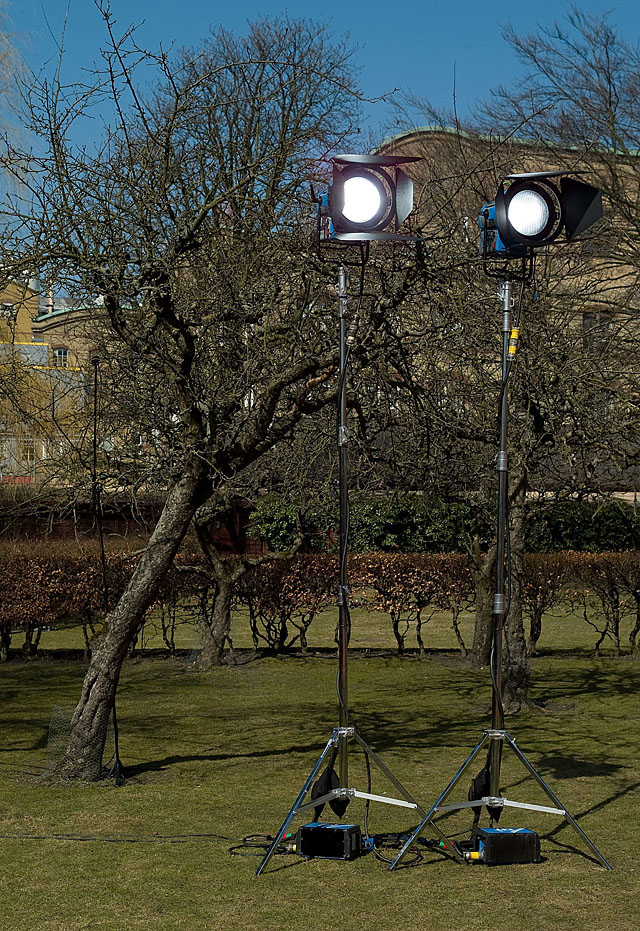
ARRI daylight lamps: I love those lamps though I have't got a set to play with. They are mostly used for film sets, in television studios and in theatres. It's very commen that rental houses have them and rent them out. It's quite heavy equipment to travel with but has the advantage that it's steady light and not flashing light. Mostly 3200 Kelvin artificial lights are used, but daylight lamps exist as well. The daylight lamps (as the ones in the picture here) are expensive to rent/buy and use because the lamp is special and requires constant adjustment inside the lamp so the light temperature stays at daylight temperature.
While 3200 K lamps are quite inexpensive to rent for a day or a week, daylight lamps are a great deal more expensive as you also pay per hour they're on!
The best (at least in my opinion) are the Fresnel lamps which are named after Augustin-Jean Fresnel who was "the king of wave optics" or something of the sort. In short, it means that the glass in front of the lamp has 'circle waves" so that the light is evenly distributed and not as throws heavy spot in the middle with the amount of light decreasing towards the edges. So with them you get quality of light, plus it's easier to throw an even light over a large area by using several lamps side by side. It's like a carpet. Further the front glass can be adjusted depending on how far away you want the light focused.

Reflectors come in many sizes and shapes. The ones on the picture are the 42" and 22" Falcon Eyes 5-in-one reflectors (with black, white, silver, gold and translucent).
B&H Photo has a lot of interesting reflectors, backgrounds and stands as well. California Sunbounce is another one you can take a look at. On the photo it's my 100 cm reflector and my 60 cm reflector (referring to the diameter). Both are folded four times down to fit a circle bag that comes with them when not in use, and usually I put the small bag in the big one so I only have to carry one bag.
It's basically a silk screen (the white one) with a plastic frame, and over that you zip a cover that can be turned inside-out so it has four sides in total; Silver, gold, black and white. The black is mostly used in motion picture work where they do all kinds of covering reflections of light and sound (many videographers use the reflector to keep unwanted sounds away from the microphone stand - wind to name one of them). The white, silver and gold is used by still photographers as well. The white being kind of neutral, the silver one being cold, the gold one adding warmth. There also exist 'zebra' reflectors which can be silver/gold stripes so as to add less warmth, but I've also seen white/silver and white/gold types.
Some wedding photographers use a large gold/silver zebra reflector because a silver one would make the white brides dress too bright and white. So they add gold, but only a little.
Here's a video on the art of folding reflector screens. It's easy when you can do it, looks magic when you don't. If you click on the link there's multi-reflectors, stands to hold them and other interesting stuff:
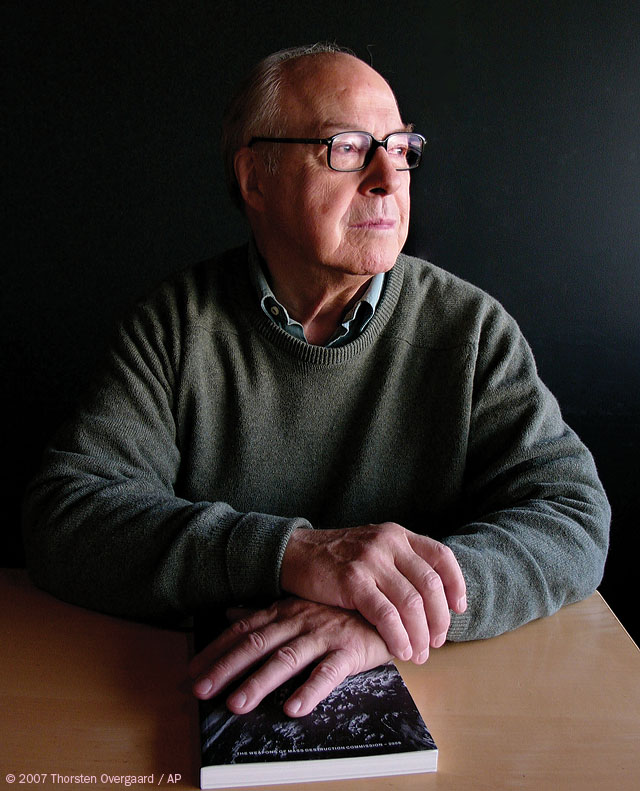
100% available light from a large and even source: In this photo there is a 2 meter tall panorama window to the right, and it stretches from a little behind the subjects right and about 15 meters behind the camera and thus in fronth of him, to his left. Further, it's on a hilltop with overcast outside, but with a few sunbeams coming through early morning. Also, the walls and ceiling fo the room are all black.
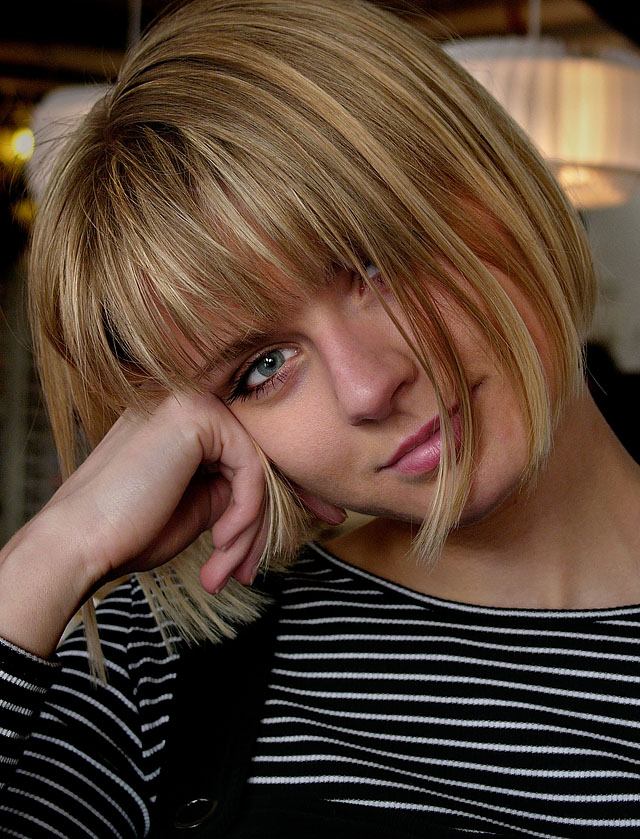
Here's another where there's a huge panorama window at play in the direction of her albow, and then helped by a 60 cm silver reflector from the bottom right. The light is the sole reason for the details.
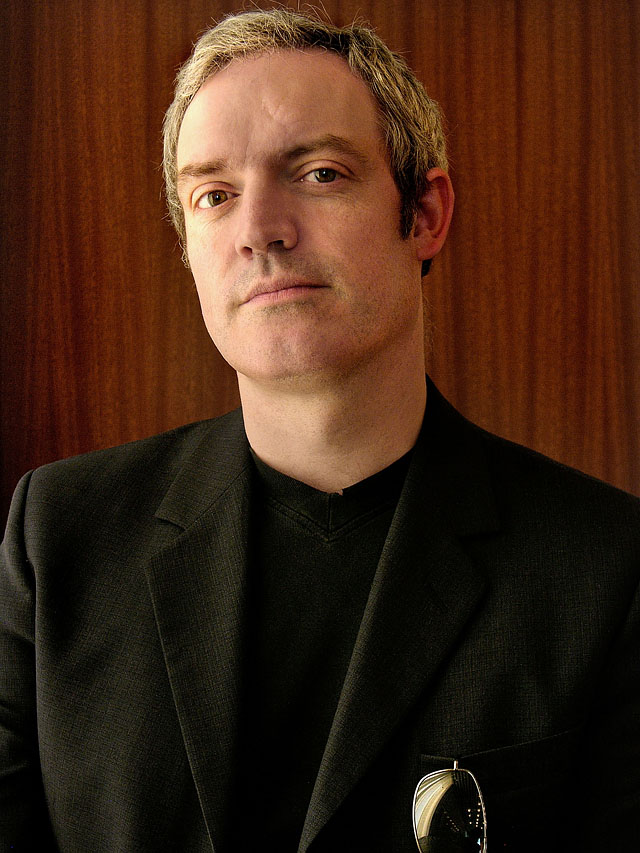
A large window to the left covered with a soft curtain (see the reflection in his sunglasses), plus a 60 cm gold reflector from bottom right. There's actually very little light for this shot; but it's soft.
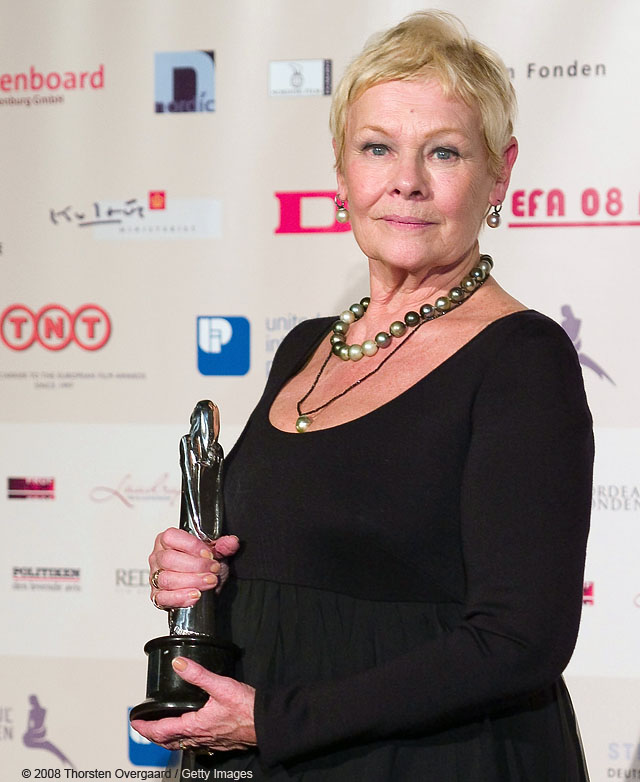
Five big 3200K ARRI lights in the ceiling, pointing in a 15 degree angle towards the subject, lights up this small 4x5 meter stage where Judi Dench is showing her award at the European Film Awards in 2008. You can see the reflections from them in her eyes.
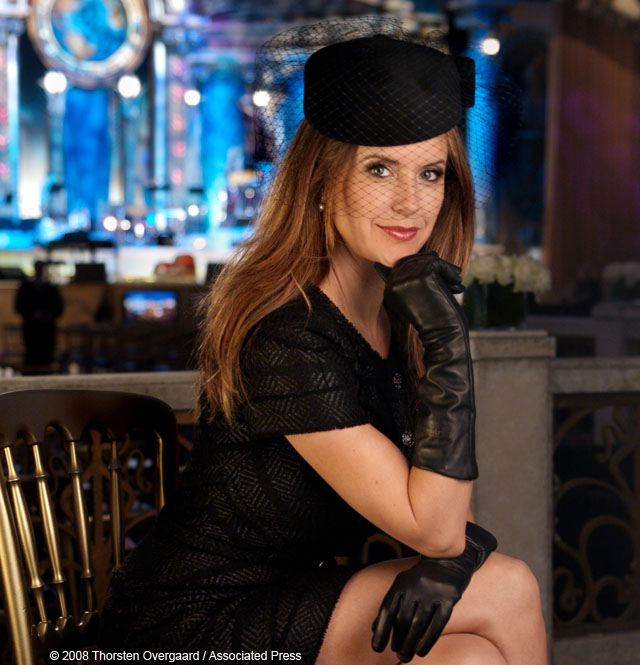
Three light sources: In this one there's a large piece of silk (80 cm wide x 150 cm high) acting as 'beauty light' tot eh right (we couldn't get two real "4Bank" or a "Diva-Lite" Kino Flo beuty lights on a Sunday. Kino Flo lights are tubes in reflector-boxes which produce a 'wall of light' much similar to a panorama window). It's just silk hanging over a stand and with a single ARRI 3200K spot behind it. From the back left there's a small spotlight creating a little light on the hair to add some depth. And then I added a 100 cm gold reflector from the left (you can see the golden light on the chair coming from the left, as well as the golden light on the left side of her face (creating a shadow from her hair). On the photo it's Kelly Preston.

Reflectur use: Here's one where the sun hits from the back, but with help from a 100 cm gold reflector from above the camera we can beam back some sunlight and thus light up the brother and sister here.
Reflectors are very easy to use because you see how much light you get and how it looks on the subject. Only trick is that even very shallow reflections tend to have greater effect on the picture than you think. Which is why reflectors are good even in overcast.
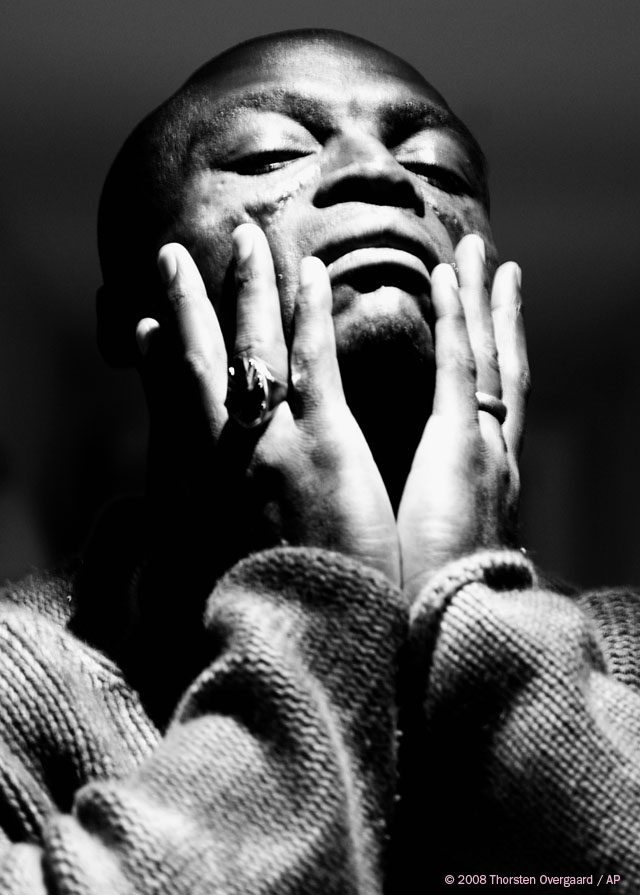
The light here is a halogen spot directly down from the ceiling in a small hallway of a hotel (and with dim walllights from the sides), and then a 60 cm silver reflector from the left below and behind the camera; using the reflections from the next halogen spot in the ceiling). The contrast in the photo was increased dramatically in postprocessing. On the photo it is Seal.

Overcast with almost sunshine, and then a 60cm gold reflector below her, in front of the camera. You can see the reflection in her eyes.
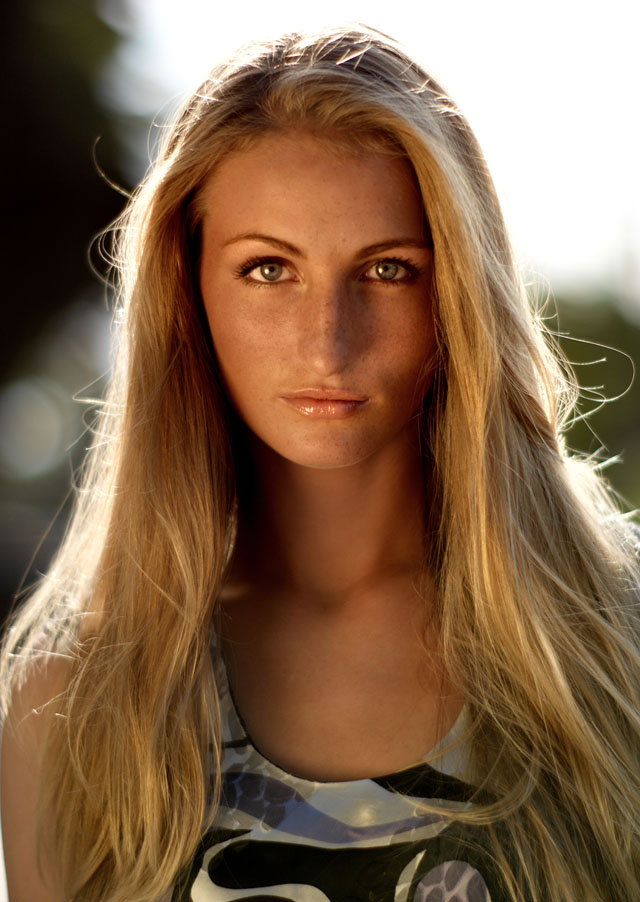
Extra warm: Evening sun is always extra warm, and here it somes in from behind and is then reflected directly into her face from a 100cm gold reflector from the left. You can tell by the shadow from her nose how close the reflector actually is. And you can also see it in her eyes.

Silk screen and reflector: Here the sun comes directly from the right why I put up the 100 cm silk screen there (you can see the shadow in the bottom of the picture), and then used a 60 cm gold reflector to the right of the camera, refllecting a bit of tun onto the face (as you can see in the eyes).

Silk screen and reflector: Here I've placed the person behind an apple tree to the left which create shadow with some sunbeams. To to make the (limited sun-) light soft and avoid sunbeams and shadows directly on the face I've placed the 100 cm silk screen the three - making a shadow for him to place the face in - and then I use a 60 cm gold reflector from the bottom right. The expression, by the way, is from asking him to "please admire the apples."
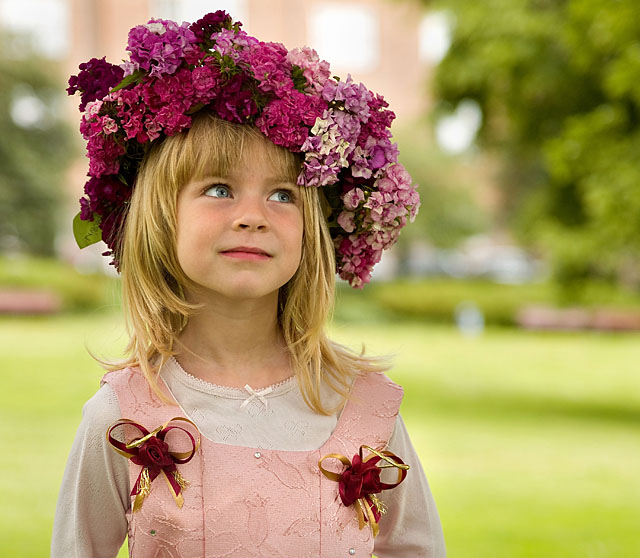
Under a tree is always great light: Here's one without any help on the light from reflectors or lamps, but where she's placed under a big tree in a park in grey weather (just seconds before it starts raining). The tree shadow mean that the light comes from all the side and create a big soft light, except light from above that would create shadows in the eyes and under the chin. On this one I made sure to use external lightmeter to measure the exact light that hit her face as the very bright background in the park would confuse the camera's lightmeter and make the face dark (because she is in fact standing in a shadow).

Another example of under a tree, this one with a little help from a reflector from the right behind the camera.

Yet another one from under a tree; but this one the face is in the outer perimeter of the tree's shadow to cast more light on the face and use the shadow from the tree as background. Trees can be a great way to control light as you can move the subject around. It has a tiny help - but not much - from a reflector at he left buttom behind the camera.

Loads of light: This one is available light made a bit more available than usual. It's the top floor of the ARoS museum where all the walls are white, reflecting the light from the huge atrium roof just one floor above her, as well as a six storage hight window in the direction her nose is pointing. I sometimes take people up there if I want loads of light from all sides, no matter if it's sunshine or overcast.
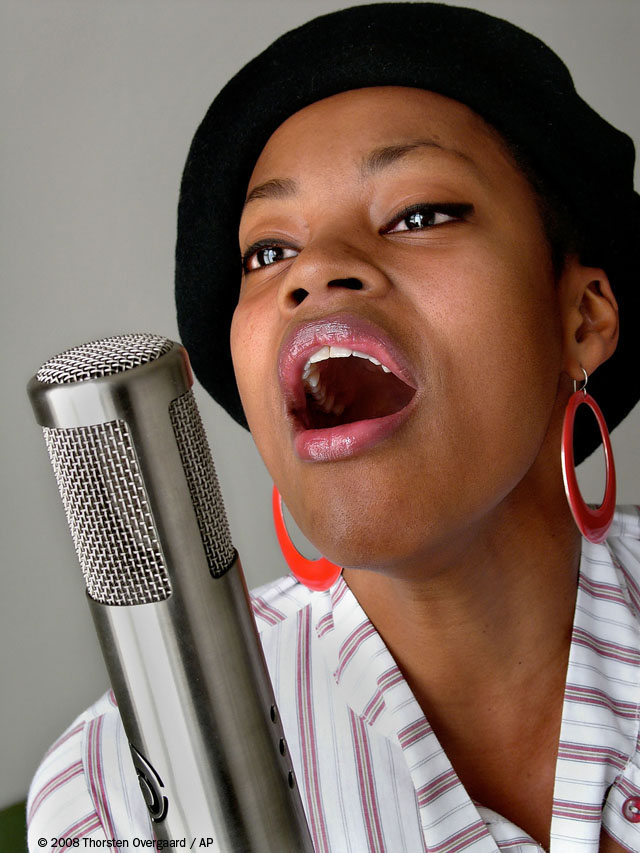
Loads of light and a reflector: In this one the sun is bursting through a window just 50 cm to the left, but spread by a white curtain. So there's lots of light, and then a 100cm silver reflector from below bewteen her and the window; moved a little to the right to reflect the light to the side of the camera.
Continues on page 2 about beauty light and on page 3 about flood light and page 4 about wedding photography using gold reflectors-->

|
![]()
